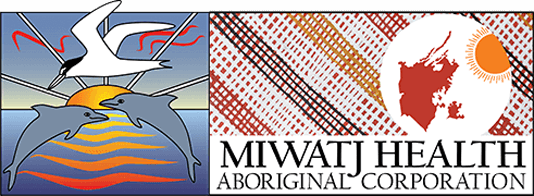Air in East Arnhem
Yolŋu “tolerate remoteness, harsh environments and chronic disease at extreme levels”, Dr Bronwyn Rossingh says – but a new project focused on improving environmental health, and environmental health awareness, is coming.
The project, Air in East Arnhem: Crowdsourcing Air Quality, Temperature, and Health Data with Yolŋu Citizen Scientists, is a collaboration led by Menzies, Miwatj Health and AirRater. It is supported by the National Health and Medical Research Council (NHMRC) funded national Healthy Environments and Lives (HEAL) network.
When Will It Start?
The two-year project will commence in early 2024. Research teams will carry out temperature, dust and air quality monitoring with the help of Yolŋu citizen scientists living in Nhulunbuy, Gunyaŋara and Yirrkala.
Why is it important?
The Air in East Arnhem project has three main aims:
- To improve environmental health awareness by crowdsourcing ground-based air quality, temperature, and humidity data in three east Arnhem communities through fixed and wearable sensor monitoring;
- To explore lived experiences of Yolŋu regarding the health impacts of extreme environmental exposures and potential measures that can be put in place to reduce health impacts; and
- To test the cultural suitability and applicability of the AirRater app to track and manage health symptoms related to extreme humid heat and poor air quality.
As our Research Manager, Dr Bronwyn Rossingh, says, “this air quality monitoring project will enable a collection of unprecedented data to bring focus to specific environmental factors that contribute, cause or exacerbate chronic illness, particularly respiratory diseases.”
“The impacts of the environment need to be known and understood so that policy makers and town planners in this region can have an evidence base to act on to reduce the risk to health and wellbeing of Yolŋu now and for generations to come.”
Want to Find Out More?
We’re very excited to follow this project as it develops. To find out more, read the latest update from the National Indigenous Times, or click here for Menzie’s project link.

